According to Minister Nguyen Van Thang, exploiting sea sand helps significantly reduce the pressure on using river sand. This is an abundant source of material and the Ministry of Transport is expanding the pilot project on highways in the North and Central regions.
Abundant sea sand, will be announced for widespread use
Continuing the program of the 8th session of the 15th National Assembly, on the morning of October 26, in a discussion group, Minister of Transport Nguyen Van Thang informed about a number of transport projects as well as the use of sea sand as a filling material for transport works.
Regarding landfill materials in the Mekong Delta region, Minister Nguyen Van Thang said: "According to reserves and practical needs, we do not lack sand to promote infrastructure in the Mekong Delta. However, when many projects have to be implemented at the same time, the demand for sand increases suddenly, leading to local shortages."
Therefore, it takes a lot of time for localities to follow the correct procedures, forcing the National Assembly to issue many specialized resolutions to promote and reduce procedures.
Recently, with the determination of the Government and the National Assembly, up to now, over 72.3 million m3 of river sand have been basically removed and about 40 million m3 of exploitation licenses have been granted, while 32.3 million m3 are still in the process of being processed.
In parallel, the Government has directed ministries and branches to research sea sand to serve as filling material. After coordinating with ministries and branches to research, the Ministry of Transport found that sea sand has good quality and does not cause problems with salinity or adhesion.
To date, Soc Trang has licensed about 5.5 million cubic meters of sea sand to serve the Can Tho - Ca Mau expressway section.
According to him, exploiting sea sand instead of river sand will significantly reduce the pressure on using river sand. Regarding reserves, Soc Trang alone, if fully calculated, has about 14 billion m3 of sea sand. Only 1 area of Soc Trang that is currently licensed has 145 million m3.
This is an abundant source of material and the Ministry of Transport is expanding the pilot project to the Northern and Central expressways. It is expected that by the end of this year, it will announce the permission for widespread use of sea sand for all expressways. However, it is necessary to exploit it at a moderate rate to ensure sustainable socio-economic development.
From Ho Chi Minh City to Can Tho will only take more than 1 hour after railway investment
Regarding the railway sector, Minister Nguyen Van Thang informed that the Government has reported to the National Assembly for consideration and approval of the North-South high-speed railway project (from Hanoi to Ho Chi Minh City).
At the same time, there are currently three major railway projects being implemented, including three sections: Lang Son - Hanoi; Hanoi - Ho Chi Minh City; Ho Chi Minh City - Can Tho.
The Lang Son - Hanoi route is currently operating a dual gauge railway (including 1,000mm and 1,435mm gauge). In the near future, the Government will continue to submit to the National Assembly to upgrade this section of the route.
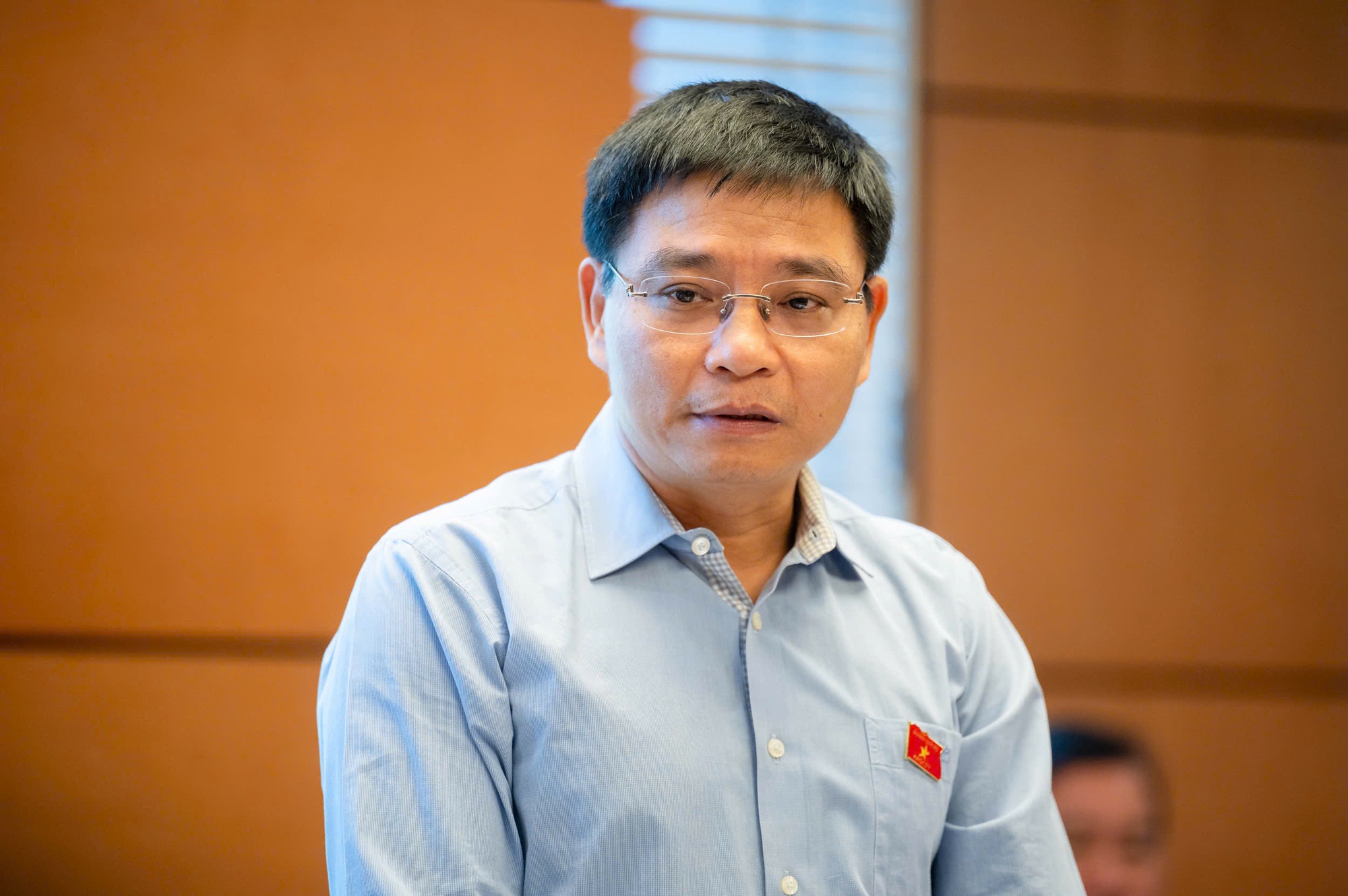
Minister of Transport Nguyen Van Thang speaks at the National Assembly meeting on October 26.
In particular, the Lang Son - Hanoi route is being planned, with a proposed standard gauge for passenger and cargo transport, with a speed of about 200km/h.
For the Ho Chi Minh City - Can Tho route, the Ministry of Transport is preparing to complete the pre-feasibility report to submit to the Government and the National Assembly.
The route will operate standard gauge railway with a design speed of 200km/h, transporting passengers and goods at about 170km/h, with a length of 174km, and a total estimated investment of about 9.98 billion USD (equivalent to 220,000 billion VND).
This project will be divided into 2 phases, in which phase 1 is a single-track road, but the land clearance will be done once, with a cost of about 155,000 billion VND; exploiting the transport of both passengers and goods due to the huge demand for goods. When put into operation, it will only take more than 1 hour from Ho Chi Minh City to Can Tho.
Raising awareness of compliance, new accidents decrease deeply
Regarding the issue of upgrading the two-lane highway, the Minister of Transport said that the Government has recently given very strong direction.
According to the Minister, the previous decision of the National Assembly and the Government to deploy two lanes was appropriate, because in reality, many routes at that time had very low traffic volume. After a period of development, the need for upgrading was natural.
"The Ministry of Transport has been coordinating with relevant ministries to upgrade all 2-lane routes to 4 lanes and some limited 4-lane routes to full completion, even larger," the Minister informed.
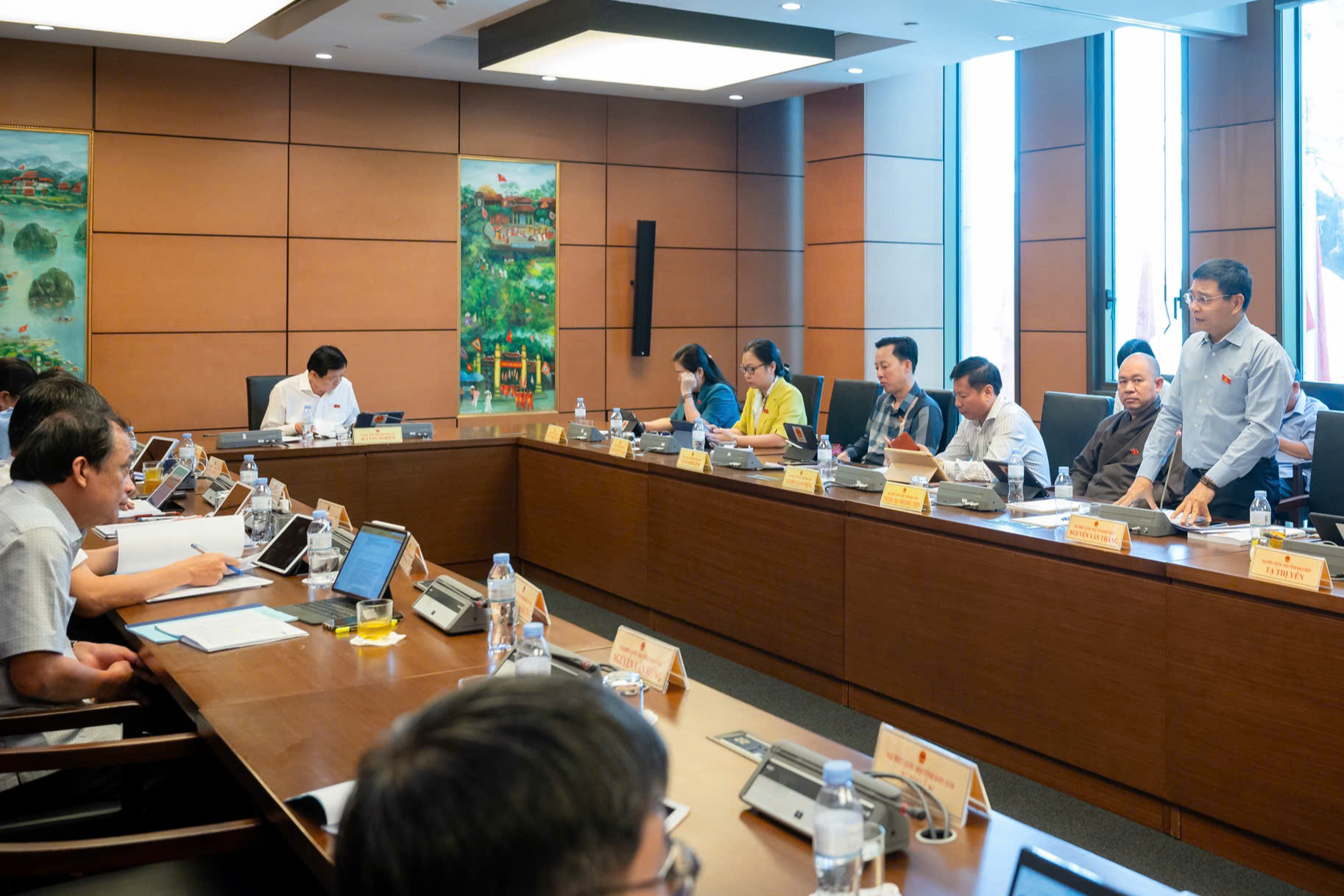
Discussing in groups, Minister Nguyen Van Thang informed about a number of transportation projects.
Citing the reality of his business trip to Europe, Minister Thang shared: "Many of their highways still have 4 lanes but do not have emergency lanes. It is worth mentioning that people's awareness is very good, when they reach that section they accept to slow down and drive leisurely...
That shows that it is not necessary for big roads to be wide. Statistics on the causes of accidents show that more than 90% of the causes come from the awareness of traffic participants. The bigger the road, the higher the speed, and the lower the awareness, the more catastrophic the accident!
Therefore, along with investment in traffic infrastructure, there must be many solutions, including the participation of the entire political system to change traffic habits and culture. Only by improving traffic culture can traffic accidents be significantly reduced."
Careful study of building expressways in the form of viaducts
Regarding the proposal to build some expressways in the form of viaducts, especially in areas with weak ground, Minister Nguyen Van Thang said that this is an issue that the Ministry has been researching for a long time.
"The biggest difficulty is the cost, estimated to be 3.1 times higher than normal road construction. If all cost-saving measures are used, it can be reduced to 2.5 - 2.7 times.
Therefore, we must continue to research how to reduce costs to a maximum of only 1.7 times higher than normal roads," the Minister of Transport shared.
Noting that overpasses can affect development space, the Minister said that in the past, many countries preferred to build overpasses, but now they are beginning to realize the problem with development space.
"Before doing something, you need to think carefully because once you do it, there is no chance to do it again," Minister Thang shared.
Source: https://www.baogiaothong.vn/bo-truong-gtvt-sau-nang-cap-duong-sat-tu-tphcm-di-can-tho-chi-con-1-tieng-192241026140454379.htm


![[Photo] "Beauties" participate in the parade rehearsal at Bien Hoa airport](https://vstatic.vietnam.vn/vietnam/resource/IMAGE/2025/4/11/155502af3384431e918de0e2e585d13a)

![[Photo] Looking back at the impressive moments of the Vietnamese rescue team in Myanmar](https://vstatic.vietnam.vn/vietnam/resource/IMAGE/2025/4/11/5623ca902a934e19b604c718265249d0)



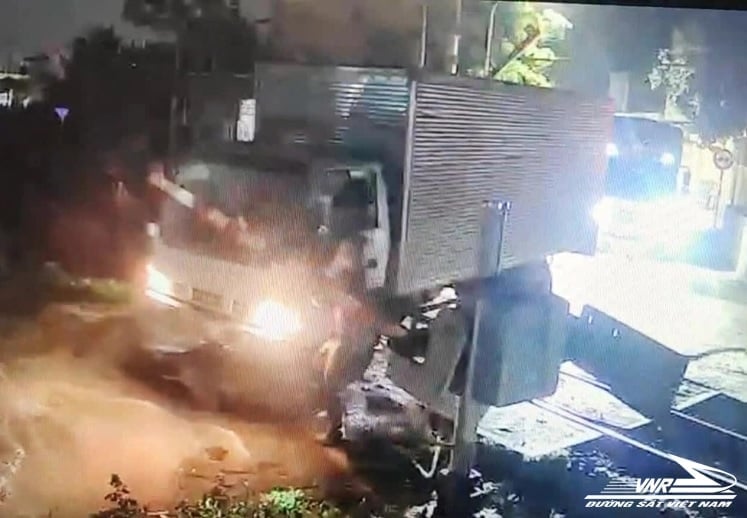



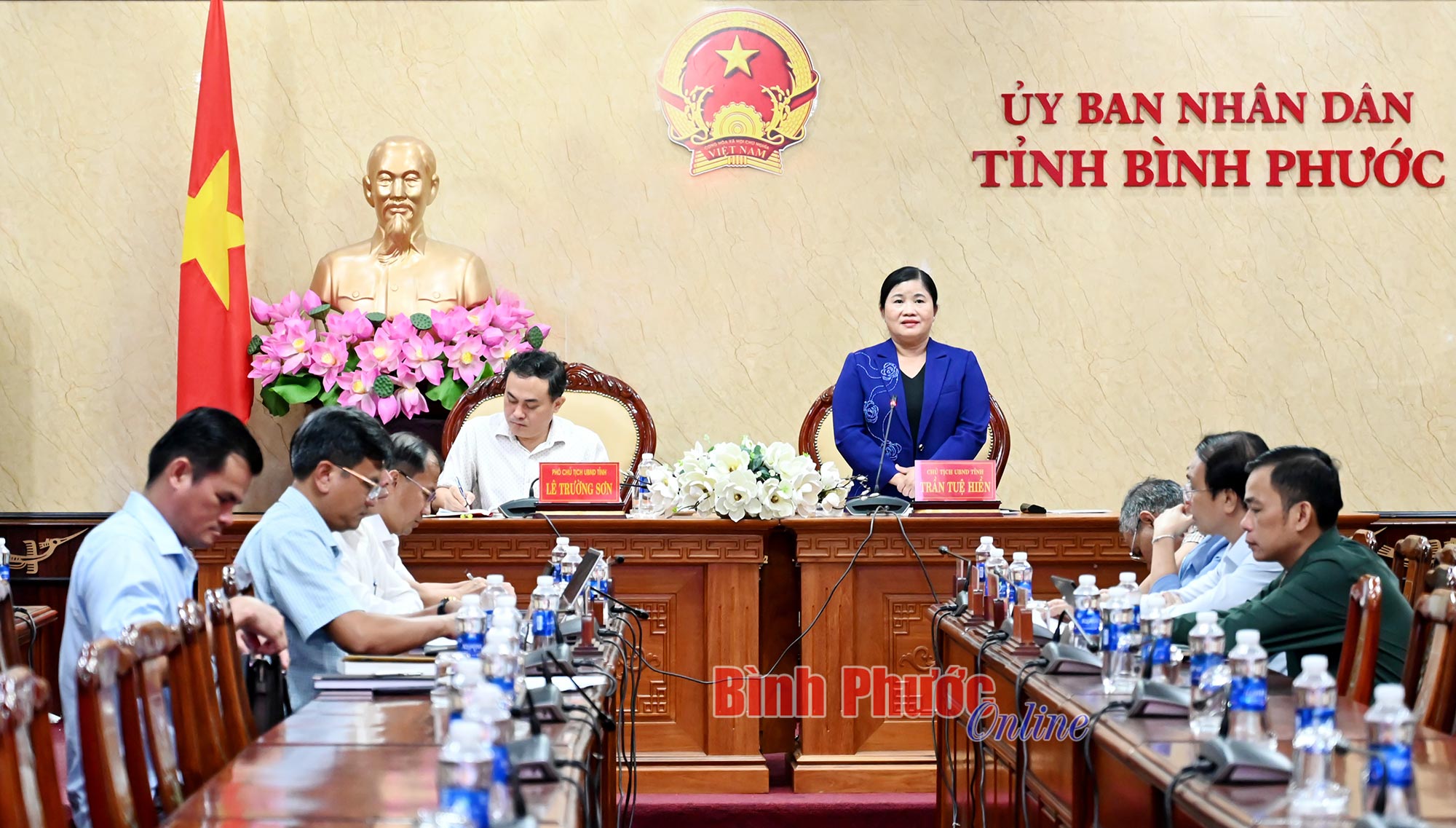

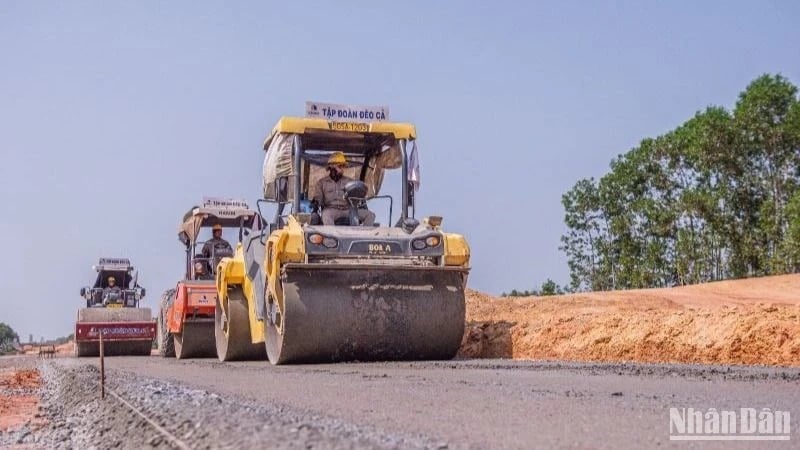
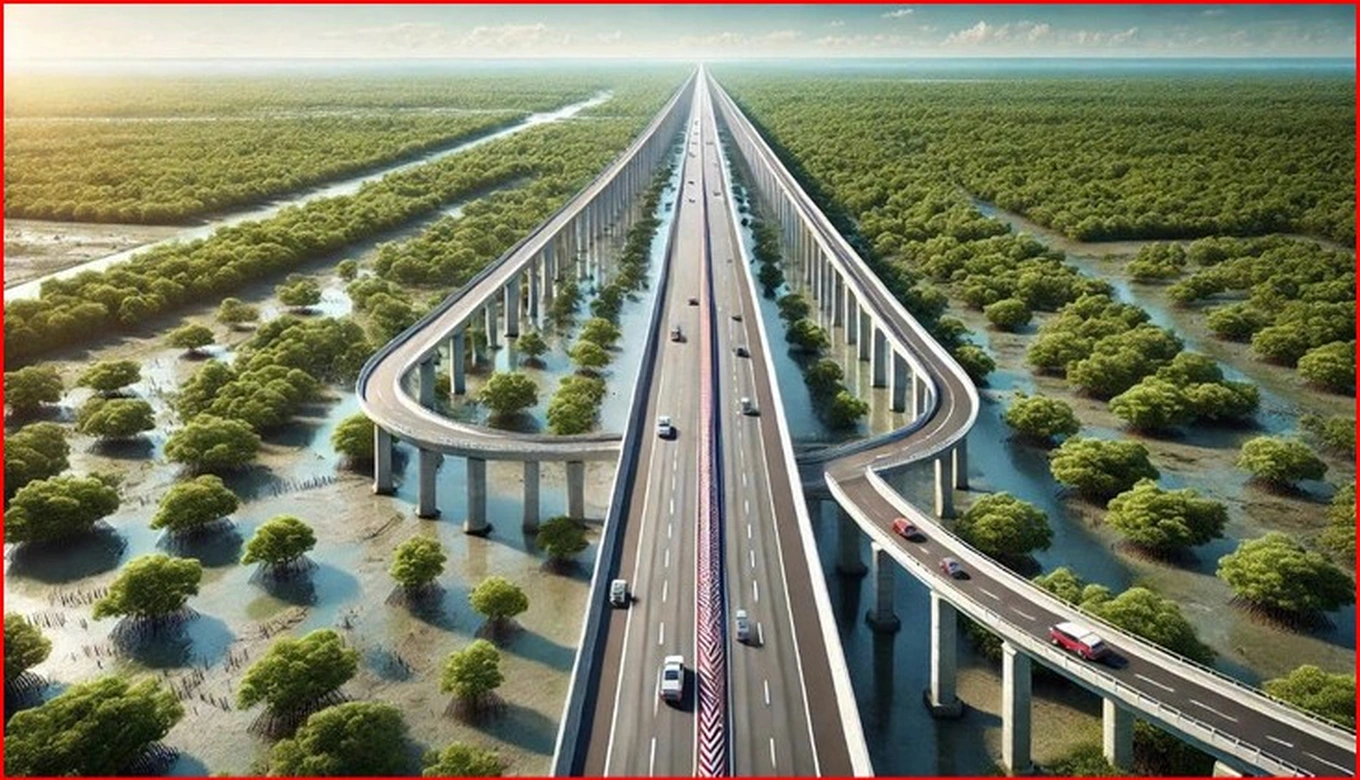

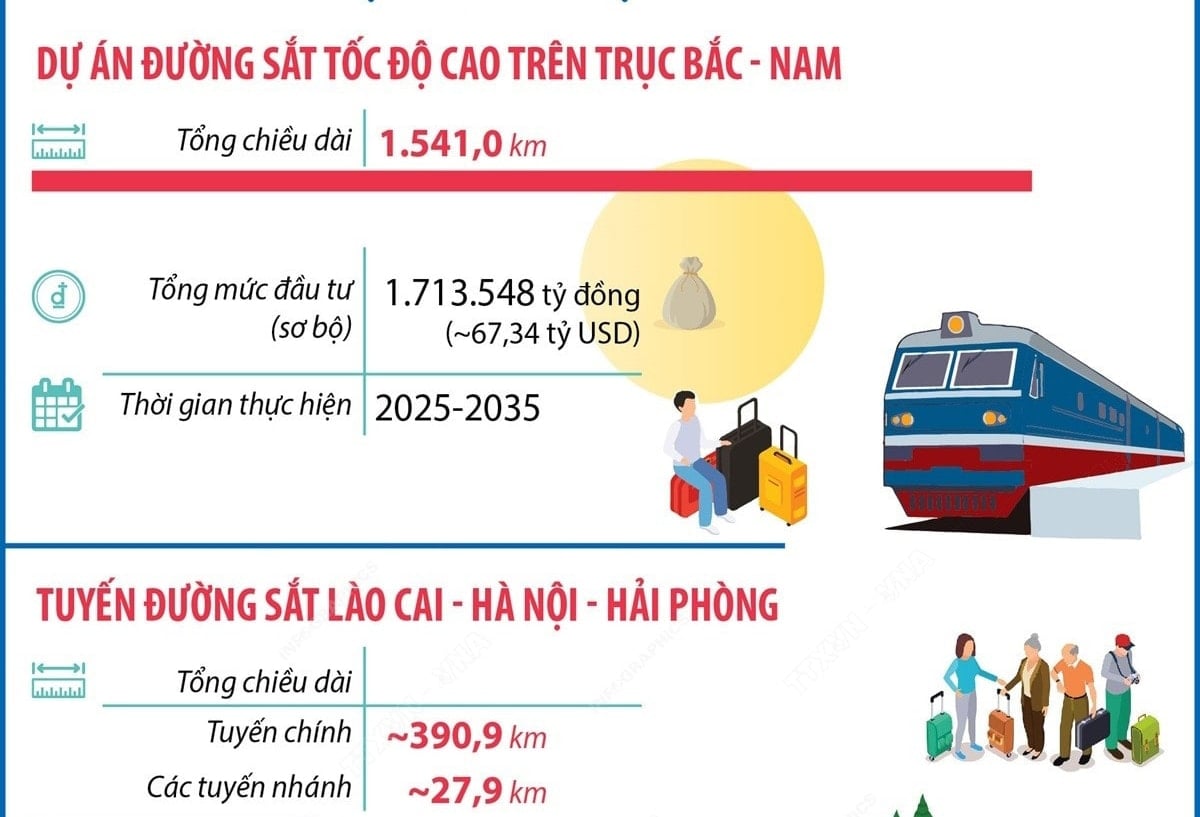


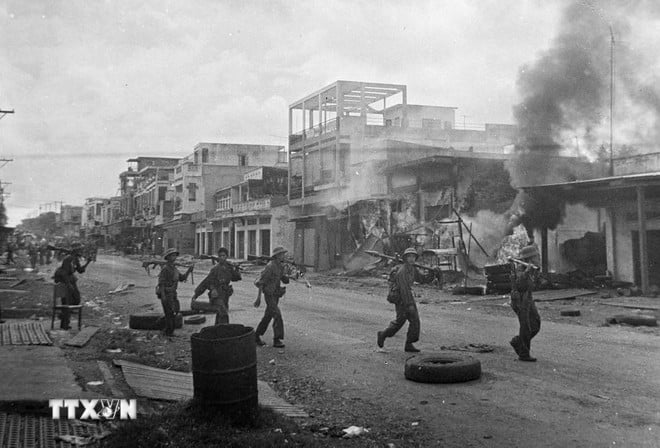

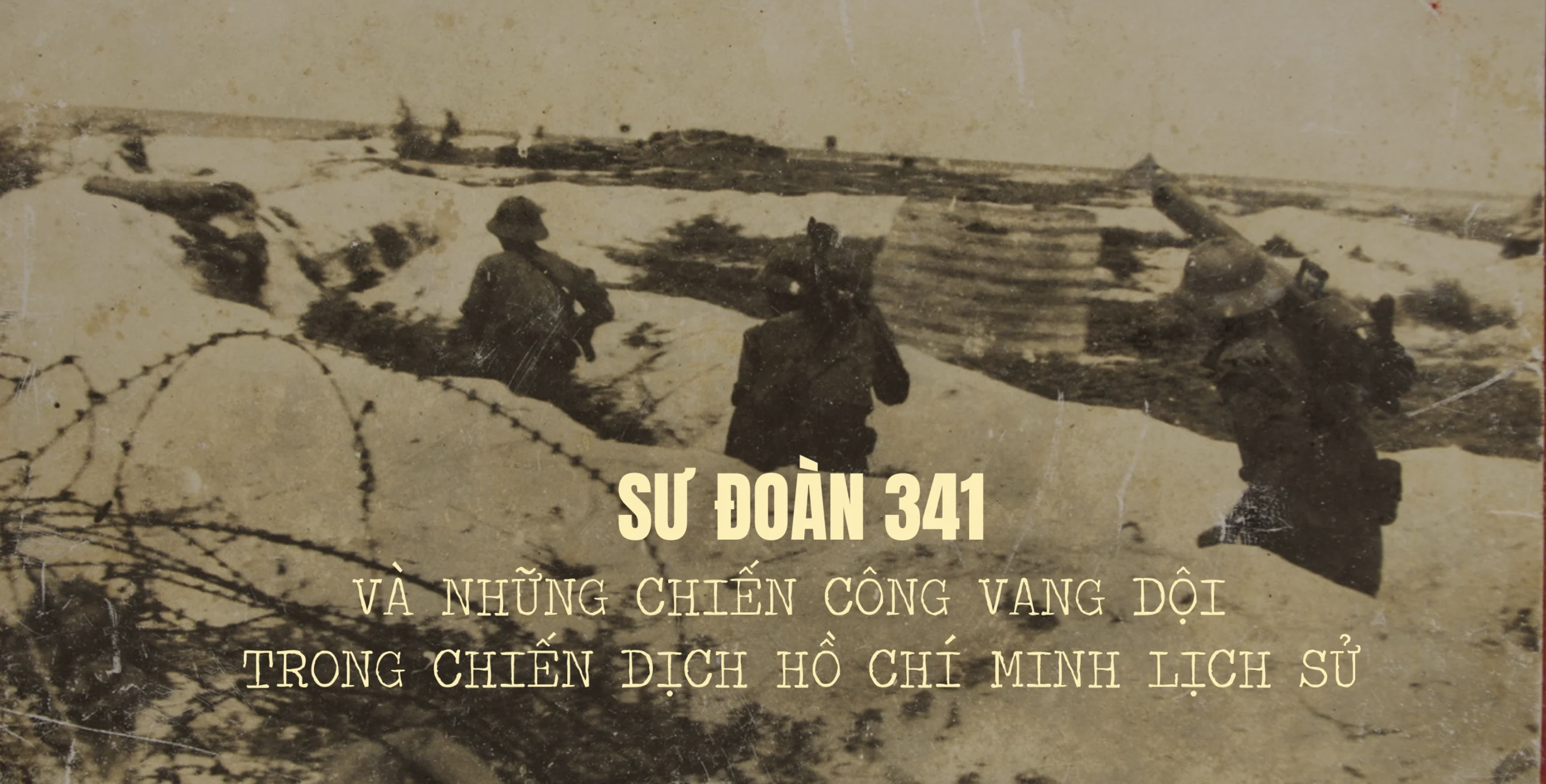
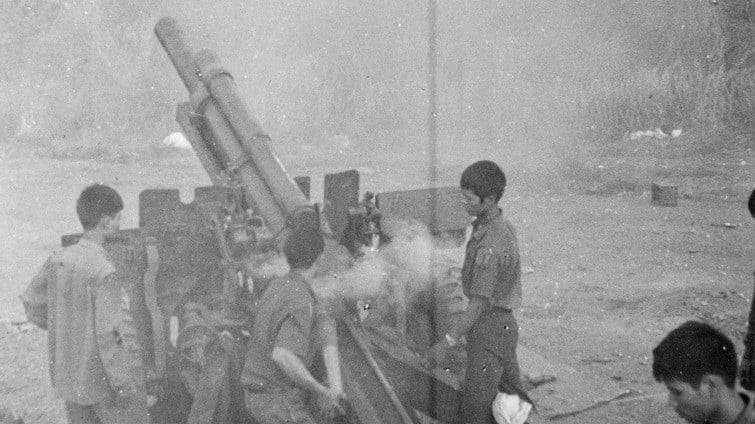








![[Photo] Summary of parade practice in preparation for the April 30th celebration](https://vstatic.vietnam.vn/vietnam/resource/IMAGE/2025/4/11/78cfee0f2cc045b387ff1a4362b5950f)







































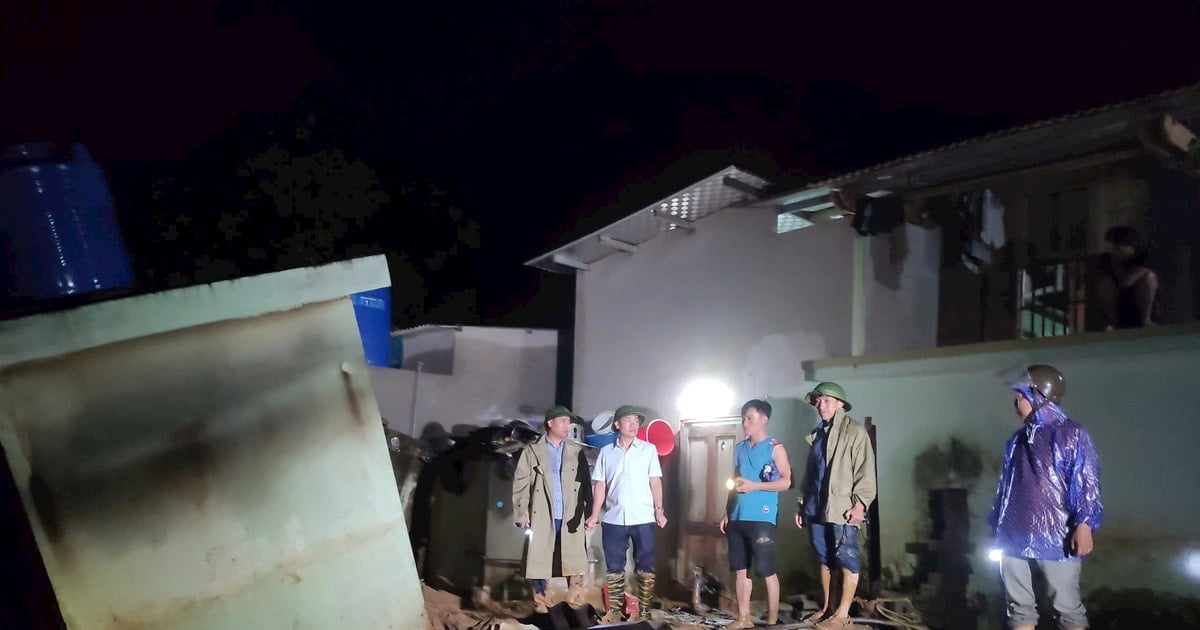



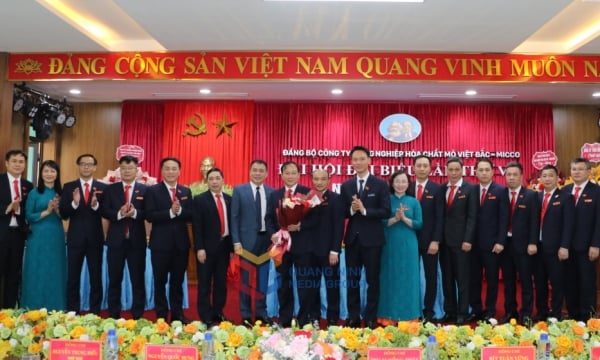
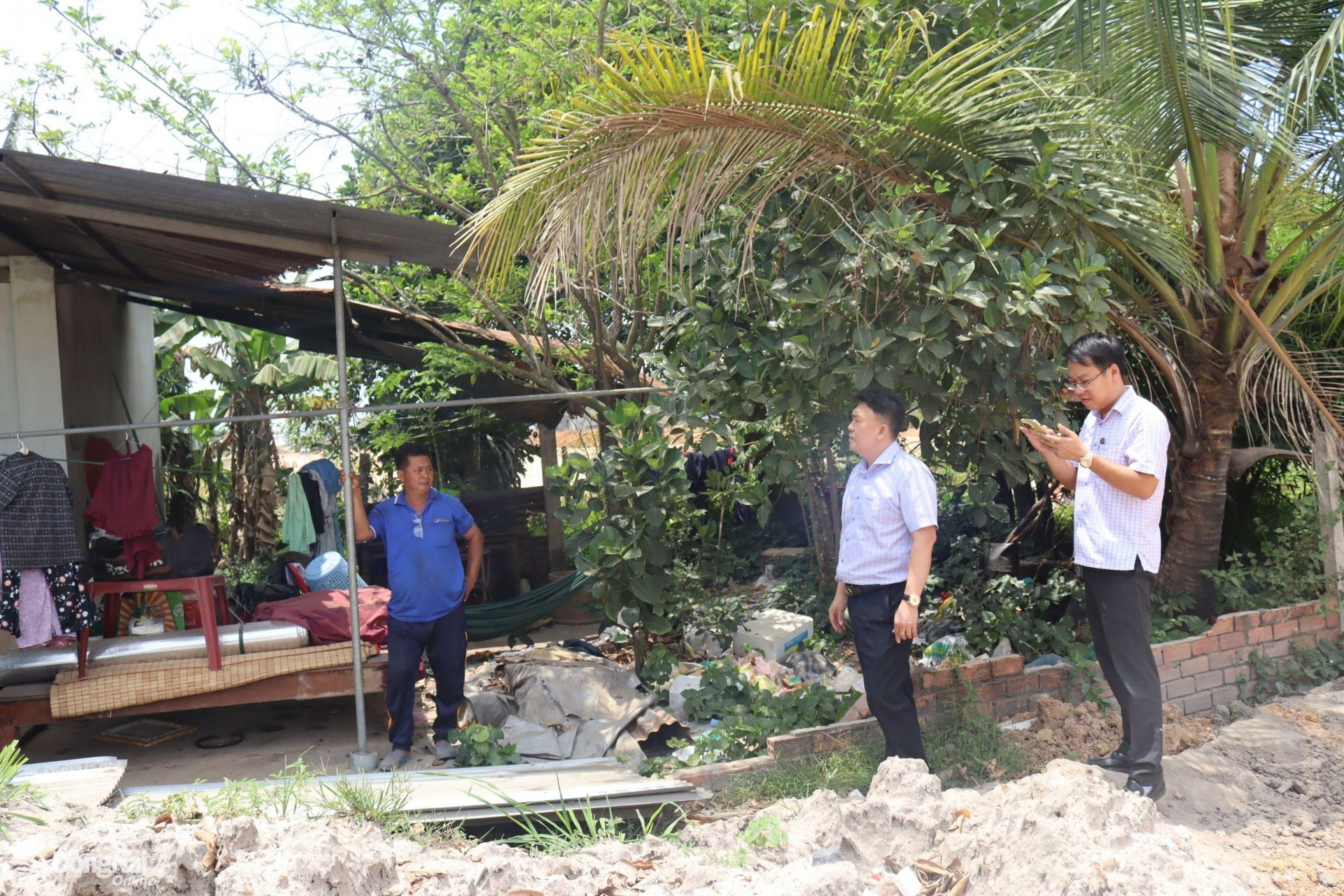















Comment (0)